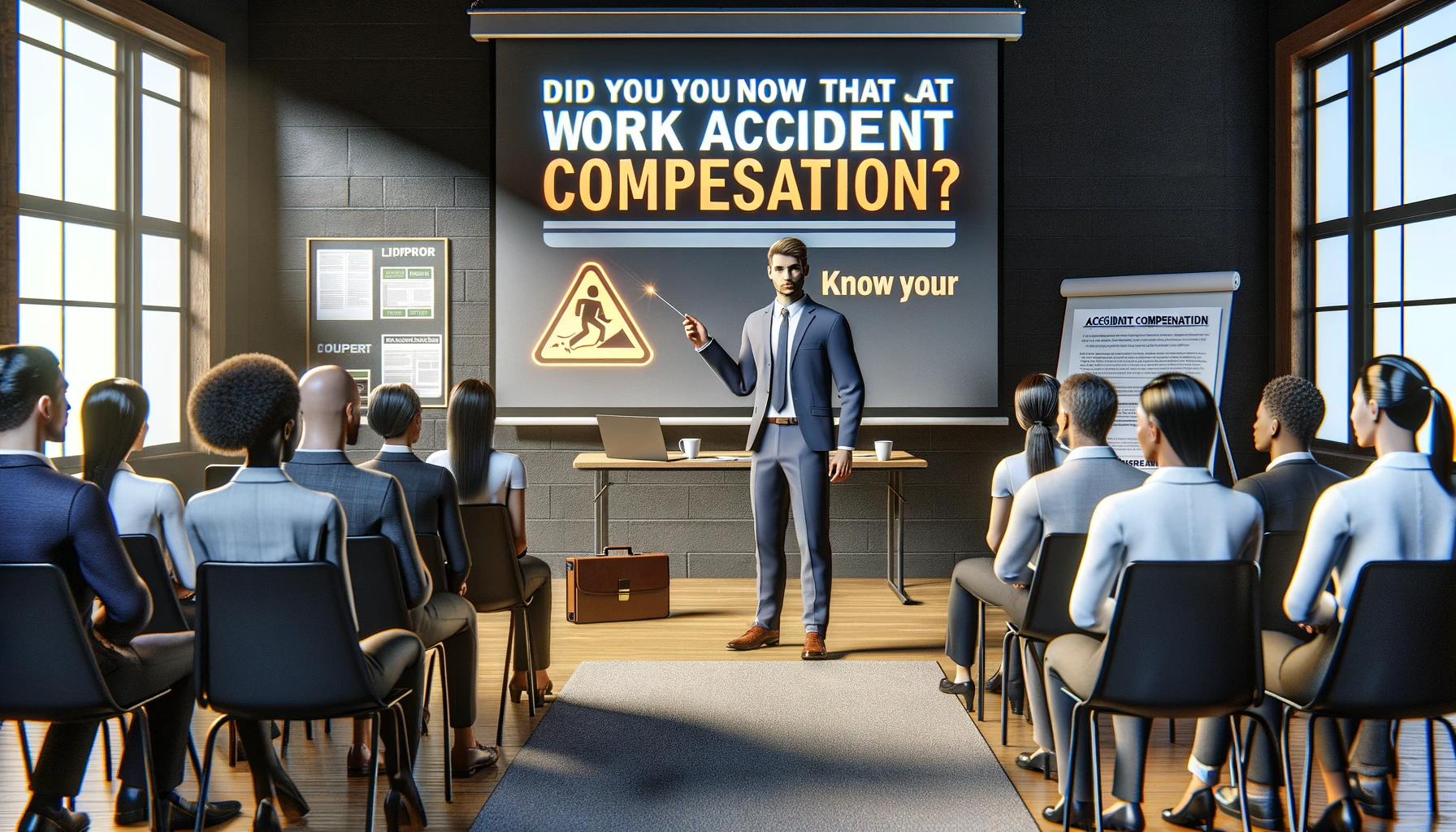Workplace Accident Prevention is a crucial aspect to ensure the safety and well-being of employees. This article seeks to provide a detailed guide for understanding occupational hazards, implementing preventive measures, and promoting a culture of safety in the workplace.
Understanding Occupational Hazards
Common Types of Risks: There are various types of risks in the workplace, such as physical, chemical, biological, ergonomic, and psychosocial risks. Each of these requires a specific approach for prevention.
Work-related Accident Statistics: According to recent data, work-related accidents account for a significant percentage of injuries and illnesses in the workplace, emphasizing the importance of taking preventive measures.
Current Regulations and Legislation
Current laws and regulations establish clear obligations for employers in terms of occupational risk prevention. It is crucial to stay up-to-date with these regulations to ensure a safe working environment.
Identification of Hazards in the Workplace
Assessing and identifying risks in the workplace is the first step in developing an effective accident prevention plan. Tools such as risk analysis and safety audits are essential in this process.
Creating a Prevention Plan
A prevention plan should include clear policies, specific objectives, and detailed procedures to address identified risks. Active employee participation in this process is essential.
Training and Education
Continuous training in occupational safety and health is vital for maintaining a safe working environment. Regular training helps employees be prepared and aware of best safety practices.
Personal Protective Equipment (PPE)
The proper use of PPE is crucial for preventing injuries. It is important not only to provide the necessary equipment but also to ensure that employees are trained in its correct use and maintenance.
Facility Maintenance and Safety
Regular and adequate maintenance of facilities and equipment is essential for accident prevention. Periodic inspections allow for the identification and correction of potential hazards.
Mental Health Management
Work-related stress and other psychosocial factors can have a significant impact on workplace safety. Implementing support programs and promoting a work-life balance are key strategies.
Effective Communication and Incident Reporting
Maintaining open communication channels and clear procedures for incident reporting helps effectively manage risks and learn from mistakes.
Accident Analysis and Corrective Measures
After an incident, conducting a thorough analysis is crucial to understand what went wrong and how improvements can be implemented to prevent future accidents.
Role of Supervisors and Leaders
Supervisors and leaders play a fundamental role in promoting a safety culture through their example and responsibility in following safety policies.
Technology and Accident Prevention
Modern technology offers new tools and approaches to improve workplace safety. From risk management software to innovative protective equipment, technology can play a key role in accident prevention.
Special Considerations for Different Industries
Each industry has its own risks and safety challenges. It is important to adapt prevention strategies to the specific needs of each sector.
Role of a Specialized Legal Attorney in Workplace Accidents
Legal Advice on Occupational Safety Regulations
A lawyer specialized in workplace accidents plays a crucial role in advising companies on compliance with occupational safety regulations. This includes interpreting current laws and regulations, as well as advising on their practical application in the workplace. This advice is essential to ensure that the company's safety practices not only protect workers, but also comply with legal standards, avoiding possible sanctions or litigation.
Design and Review of Accident Prevention Policies
The development of accident prevention policies is an area where legal advice is invaluable. A lawyer can help ensure that these policies are not only effective in preventing accidents, but also in line with the company's legal obligations. This includes regularly reviewing and updating such policies to reflect changes in legislation and working conditions.
Legal Compliance Training and Risk Awareness
Lawyers can play an educational role, providing training on legal compliance in occupational safety. This may include informative sessions on the rights and responsibilities of both employers and employees, as well as the legal consequences of not adhering to regulations. Awareness of risks and their legal management is also a critical component of this training.
Risk Assessment and Legal Consulting
In the process of assessing occupational risks, a lawyer can advise on the legal aspects related to identified hazards. This is crucial for prioritizing risks and making informed decisions about mitigation measures. Additionally, they can provide guidance on how to adequately document risk assessments and measures taken, which is important for both internal management and legal compliance.
Representation in Safety Inspections and Negotiations
A lawyer specialized in workplace accidents can represent the company during safety inspections carried out by regulatory agencies. This includes assisting during inspections, answering inquiries, and helping to negotiate any corrective measures or penalties that may arise. Their legal knowledge helps ensure that the company's rights are protected and that any action taken is justified and in accordance with the law.
Conclusion
Workplace accident prevention is a shared responsibility that requires the active participation of employers, employees, and other stakeholders. Implementing a comprehensive and proactive approach is essential to maintain a safe and healthy working environment. Look for a lawyer who has the right legal resources for your legal needs. Contact us here on the Ligalegal website or through our direct line 626-790-7543.
Frequently Asked Questions (FAQ’s)
What is the importance of continuous training in occupational safety from a legal perspective?
From a legal standpoint, continuous training in occupational safety is essential to comply with current regulations. Laws in many countries require employers to provide adequate and updated training to their employees to ensure their safety and health at work. This training not only reduces the risk of accidents but also protects the company from potential legal liabilities in case of incidents.
How can workplace risks be identified according to legislation?
Legislation on occupational safety and health generally requires employers to conduct regular risk assessments. These assessments should identify potential hazards in the workplace and assess their severity and likelihood. Additionally, laws often require companies to consult with employees or their representatives about occupational risks, as well as to maintain an updated record of identified risks and mitigation measures adopted.
What role does technology play in preventing workplace accidents from a legal perspective?
Legally, the use of technology in preventing workplace accidents can be considered part of an employer's duty of care. Modern technological tools, such as safety management systems and advanced personal protective devices, can help employers identify and mitigate risks, as well as maintain a detailed record of safety measures adopted. This not only increases workplace safety but also provides evidence of compliance with legal obligations in case of inspections or litigation.
Why is the role of supervisory…
Originally posted at Liga Legal®
Accident Prevention in the Workplace: Tips for Maintaining a Safe Work Environment.
Topics: Workers' Compensation
Nov 18th, 2023











